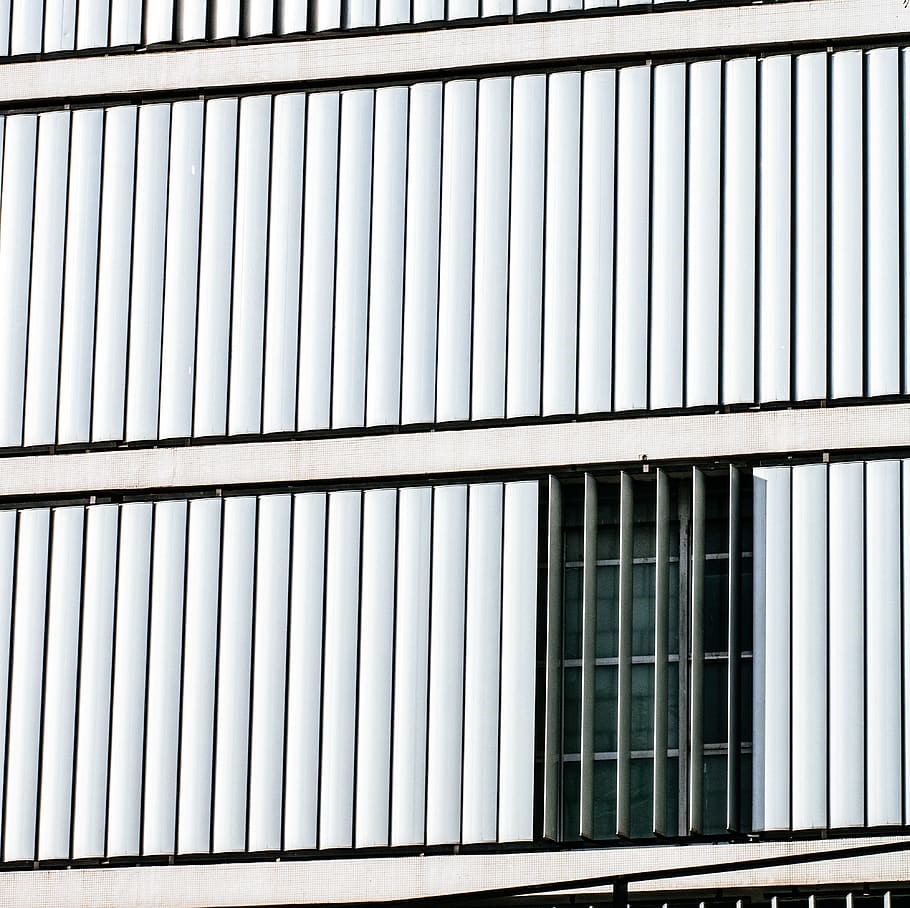One of the biggest consumers of energy (up to 25% in the UK) is heating and cooling buildings. Instead, what if we could cover walls in surfaces that use only energy from the sun to directly heat and cool the building? This requires clever design of the surface as it needs to switch between heating and cooling depending on what is needed at any given time. But we cannot use classical nanomanufacturing techniques for this since they are usually limited to creating only centimetres at a time.
The overarching goal of this research is to approach nanostructuring from a large-scale fabrication perspective. A key fabrication technique here is roll-to-roll printing, where a continuous roll of our surface (typically a type of plastic) is fed through the roll-to-roll machine. Along the way, we can deposit liquid materials, press nanoscale patterns onto it, apply light and heat, and more. At the end, we collect a nanostructured surface that is metres long.
Two remarkable materials are being tested for building these smart surfaces: carbon nanotubes and a temperature-sensitive hydrogel. Both can be deposited using a roll-to-roll machine.
Carbon nanotubes can absorb over 98% of all light, including light far into the infrared (which is responsible for most heat transfer). This means it is a great material for absorbing light from the sun and transferring it into the building. A hydrogel is a jelly-like material made of tightly bound chains of molecules. The hydrogel we are using changes volume dramatically depending on its temperature, and this volume change can be used to move small objects just by changing the temperature of their environment.
We use the carbon nanotubes to build tiny structures on our surface. We use the volume change of the hydrogel to flip these structures forward and backward to act like blinds on a window. When the blinds are closed, the carbon nanotubes cover the whole surface and they can absorb all the heat hitting the surface. When the blinds are open, the carbon nanotubes cover much less of the surface and so they can absorb less heat.
NanoDTC Student, c2018

